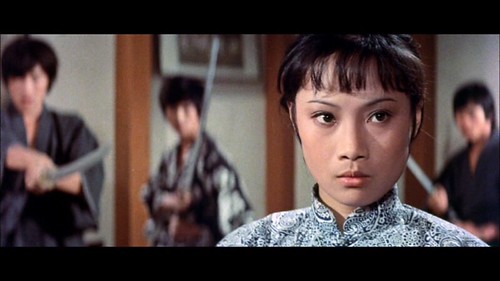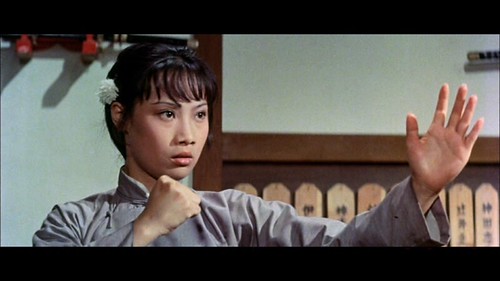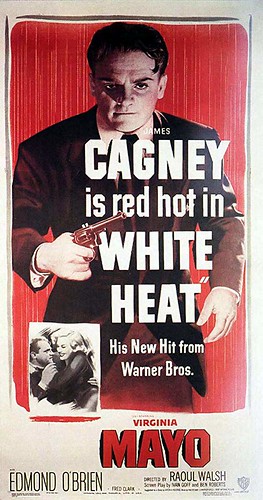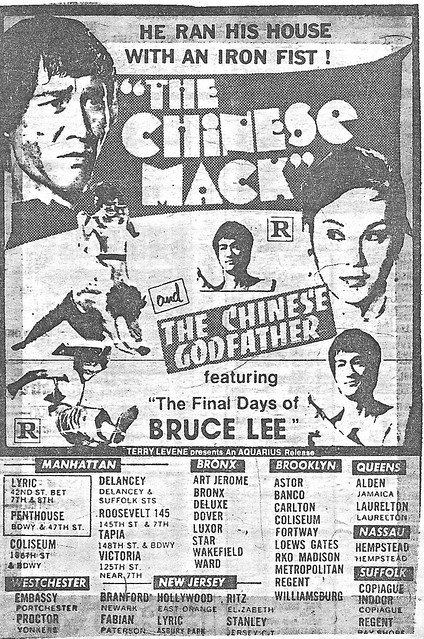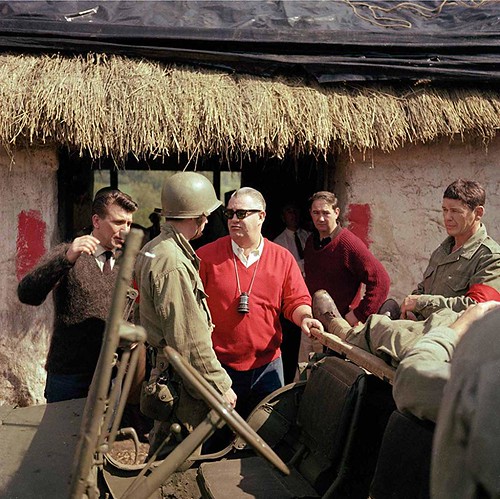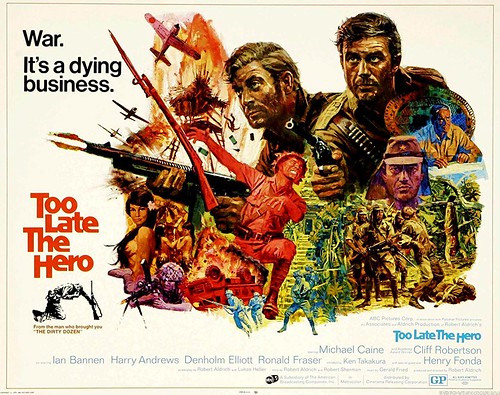
Jonas Mekas (1922-2019) began writing a regular column, entitled Movie Journal, in the Village Voice of November 12, 1958. A filmmaker himself and co-founder of Anthology Film Archives in New York City, which he eventually curated and supervised, Mekas was a champion of what was then called “the New American Cinema,” including the burgeoning experimental and avant-garde films, many of which constituted the “underground film” movement of the 1960s and he chronicled their showings in scattered venues in Manhattan, often subject to police raids because of the controversial and “scandalous” nature of the films. But he also wrote about the pleasures of attending “people’s movies,” i.e. Hollywood movies meant for a mass audience, and disdained the “so-called American ‘art’ film” aimed chiefly at the middlebrow mainstream movie reviewers. He wrote about the more overtly commercial films with a fan’s delight, a breezy wit and a caustic tone aimed at the regular New York newspaper movie reviewers whom he often tangled with.
He collected his reviews in a book published in 1972 entitled, Movie Journal: The Rise of a New American Cinema, 1959-1971. I’m sure Mekas was still writing reviews for the Voice when I started reading the paper in high school. Mekas had brought in Andrew Sarris to cover mainstream cinema releases in order to free himself to devote more space to the likes of Jack Smith, Kenneth Anger, Maya Deren, Stan Brakhage, Stan Vanderbeek, Jean Genet, and Shirley Clarke, and recount his own filmmaking adventures and the movement’s constant battles with the police and the hidebound cultural establishment which rejected so much of the new work. As a budding auteurist, I was more interested in Sarris back then, but re-reading this collection reminds me of the turbulence of the era and Mekas’s singular voice, often laced with spirited outrage, pushing for acceptance of new ways of seeing the world through cinema and freedom of voice and vision.

Jonas Mekas, Andy Warhol, ca. 1963
Continue reading →
Tags: Alfred Hitchcock, John Ford, Jonas Mekas, Marnie, Mr. Arkadin, Orson Welles, Robert Aldrich, Samuel Fuller, Village Voice










